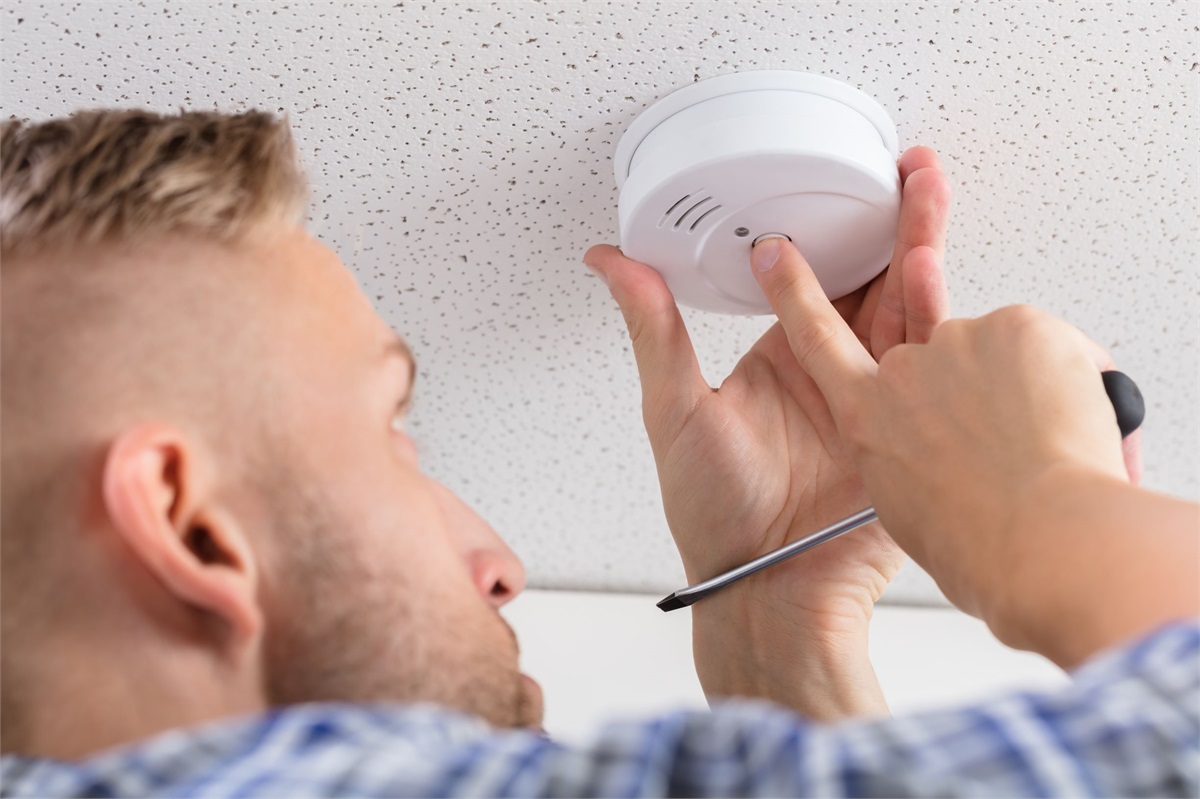

Articles
How Often To Check A Carbon Monoxide Detector
Modified: February 24, 2024
Discover how often you should check your carbon monoxide detector. Read informative articles and stay safe from carbon monoxide poisoning.
(Many of the links in this article redirect to a specific reviewed product. Your purchase of these products through affiliate links helps to generate commission for Storables.com, at no extra cost. Learn more)
Introduction
Carbon monoxide is a silent killer. It is a colorless, odorless gas that can be produced by various household appliances, such as gas furnaces, stoves, and water heaters. Exposure to high levels of carbon monoxide can lead to serious health problems and even death. That is why it is crucial to have a carbon monoxide detector in your home.
In this article, we will discuss how often you should check a carbon monoxide detector to ensure its proper functioning and your safety. We will also cover the importance of carbon monoxide detectors, recommended locations for installation, factors that determine the frequency of checks, signs of a malfunctioning detector, and the need for professional inspections and maintenance.
It’s important to note that carbon monoxide poisoning can occur at any time, regardless of the season or weather conditions. Therefore, having a working carbon monoxide detector in your home is essential for protecting yourself, your family, and your loved ones.
So, let’s dive in and learn more about carbon monoxide detectors and how often to check them!
Key Takeaways:
- Regularly test carbon monoxide detectors monthly, check battery power, inspect for damage, and keep them clean to ensure optimal performance and protect your household from the dangers of carbon monoxide poisoning.
- Professional inspections and maintenance of carbon monoxide detectors are crucial for thorough testing, identification of hidden problems, compliance with safety standards, and peace of mind, ensuring maximum protection for your home and loved ones.
Understanding Carbon Monoxide
Before we delve into the importance of carbon monoxide detectors and how often to check them, it’s essential to understand what carbon monoxide is and its potential dangers.
Carbon monoxide (CO) is a poisonous gas that is produced when fuel is burned incompletely. It is odorless, colorless, and tasteless, making it extremely difficult to detect without the aid of specialized tools like carbon monoxide detectors.
When we breathe in carbon monoxide, it enters our bloodstream and binds to hemoglobin, the oxygen-carrying molecule in our red blood cells. This binding prevents oxygen from reaching our vital organs and tissues, leading to a range of health problems.
High levels of carbon monoxide can result in symptoms such as headaches, dizziness, nausea, confusion, and even loss of consciousness. Prolonged exposure to elevated levels of carbon monoxide can be fatal.
It’s important to note that carbon monoxide can be generated by various sources within our homes, including gas and oil furnaces, fireplaces, gas stoves, water heaters, and even vehicles parked inside garages. Faulty installation, poor ventilation, or malfunctioning appliances can increase the risk of carbon monoxide buildup.
Now that we have a basic understanding of carbon monoxide and its potential dangers, let’s explore the importance of having carbon monoxide detectors in our homes.
Importance of Carbon Monoxide Detectors
Carbon monoxide detectors are essential devices that can save lives by providing early warning signs of dangerous carbon monoxide levels in our homes.
One of the main reasons carbon monoxide is such a silent killer is the fact that it is impossible to detect with our senses alone. Without a detector, it is challenging to know if carbon monoxide is present until symptoms appear, which can be too late.
Carbon monoxide detectors continuously monitor the air for the presence of this deadly gas. When they detect elevated levels of carbon monoxide, they emit an audible alarm, alerting you and your family to evacuate immediately and seek fresh air.
Installing carbon monoxide detectors in your home is crucial for several reasons:
- Early Detection: Carbon monoxide detectors can detect even small amounts of carbon monoxide in the air. This early detection allows you to take immediate action and prevent exposure to higher, more dangerous levels of carbon monoxide gas.
- 24/7 Monitoring: Carbon monoxide detectors work tirelessly around the clock, providing continuous protection for you and your family. They are designed to operate even during power outages, ensuring constant monitoring regardless of the circumstances.
- Prompt Warning: Carbon monoxide detectors emit loud, distinctive alarms when they detect high levels of carbon monoxide. This prompt warning can provide valuable seconds or minutes to escape and seek assistance before the gas reaches lethal levels.
- Peace of Mind: By installing carbon monoxide detectors in your home, you can have peace of mind knowing that you have taken the necessary steps to protect your loved ones from the dangers of carbon monoxide poisoning.
Remember, carbon monoxide is often referred to as the “silent killer” because it is invisible and odorless. Without a detector in place, you and your family could be at risk of exposure without even knowing it. Investing in carbon monoxide detectors is a small price to pay for the safety and well-being of your household.
Now that we understand the importance of carbon monoxide detectors, let’s explore where these detectors should be installed in your home.
Recommended Locations for Carbon Monoxide Detectors
Properly positioning your carbon monoxide detectors is crucial to ensure their effectiveness in detecting and alerting you to the presence of carbon monoxide gas. Here are some recommended locations to consider when installing carbon monoxide detectors in your home:
- Near Bedrooms: Place a carbon monoxide detector near each sleeping area in your home. Bedrooms are important as people are typically in that area for extended periods while asleep, making them vulnerable to carbon monoxide poisoning.
- On Each Level: Install a detector on every level of your home, including the basement. Carbon monoxide can accumulate in different areas of your home, so having detectors on each level ensures maximum coverage.
- Near Combustible Appliances: Position detectors near fuel-burning appliances such as gas furnaces, water heaters, and fireplaces. This allows for early detection if these appliances malfunction or produce excessive carbon monoxide.
- In Hallways: Consider placing detectors in central hallways or common areas outside bedrooms. This ensures that the alarm can be heard clearly in all sleeping areas, alerting everyone in the house to the presence of carbon monoxide.
- Outside Enclosed Garages: If you have an attached garage, it is important to install a carbon monoxide detector outside the entrance to the garage. Vehicles left running in an enclosed space can produce dangerous levels of carbon monoxide, which can seep into the house.
When installing carbon monoxide detectors, make sure to follow the manufacturer’s instructions regarding placement and height. Typically, detectors should be mounted at eye level or higher, as carbon monoxide tends to rise with warm air currents.
Regularly check that the detectors are functioning correctly by testing them according to the manufacturer’s instructions. Also, ensure that the detectors have a valid expiration date and replace them when needed.
Remember, carbon monoxide detectors are an essential part of your home’s safety system. Proper placement of these detectors can significantly increase your chances of timely detection and response to carbon monoxide threats.
Now that we know where to install carbon monoxide detectors, let’s discuss how frequently we should check them for optimal performance.
Factors That Determine Frequency of Checks
How often you should check your carbon monoxide detectors depends on various factors that can affect their performance and accuracy. Here are some key factors to consider:
- Age of the Detectors: The age of your carbon monoxide detectors is a crucial factor in determining how often they should be checked. Most detectors have a recommended lifespan of 5 to 7 years. Check the manufacturer’s guidelines for the specific lifespan of your detectors and replace them accordingly.
- Manufacturer’s Recommendations: Different manufacturers may have varying recommendations on how frequently you should check your carbon monoxide detectors. It’s essential to read and follow the instructions provided by the manufacturer to ensure that you are maintaining your detectors properly.
- Power Source: Carbon monoxide detectors can be battery-operated, hardwired, or a combination of both. Check the power source of your detectors to determine if regular battery replacements or electrical checks are necessary. Battery-powered detectors typically require battery replacements once or twice a year.
- Environmental Conditions: Environmental factors can impact the performance of carbon monoxide detectors. Dust, dirt, humidity, and extreme temperatures may affect the accuracy of the sensors. Regular cleaning and maintenance can help mitigate these effects.
- Prior Incidents or Malfunctions: If you have experienced a previous carbon monoxide incident or if your detectors have malfunctioned in the past, it is recommended to check them more frequently. This extra vigilance ensures that any potential issues are detected early on.
Remember, these factors serve as general guidelines, and it’s important to consult the specific instructions provided by the manufacturer of your carbon monoxide detectors.
Now that we understand the factors that influence the frequency of carbon monoxide detector checks, let’s move on to some general guidelines for checking them.
Check your carbon monoxide detector at least once a month to ensure it is functioning properly. Replace the batteries every 6 months and replace the entire unit every 5-7 years.
Read more: How To Replace A Carbon Monoxide Detector
General Guidelines for Checking Carbon Monoxide Detectors
Regularly checking your carbon monoxide detectors is crucial to ensure their proper functioning and your safety. Here are some general guidelines to follow when checking your detectors:
- Read the Manufacturer’s Instructions: Start by familiarizing yourself with the manufacturer’s instructions for your specific carbon monoxide detectors. The instructions will provide valuable information on how to test and maintain the detectors effectively.
- Test Your Detectors Monthly: It is recommended to test your carbon monoxide detectors at least once a month. This involves pressing the test button on the detector to ensure that the alarm sounds and that it is functioning correctly. Follow the instructions provided by the manufacturer for proper testing procedures.
- Check Battery Power: If your detectors are battery-operated, regularly check the batteries to ensure they are functioning properly. Replace the batteries according to the manufacturer’s recommendations or when the low-battery alert sounds.
- Inspect for Damage: Regularly visually inspect your carbon monoxide detectors for any signs of damage, such as cracks or wear. Replace any detectors that show visible damage, as they may not provide accurate readings.
- Keep Detectors Clean: Dust and debris can accumulate on the sensors of carbon monoxide detectors, affecting their accuracy. Clean the detectors regularly according to the manufacturer’s instructions to maintain their effectiveness.
- Keep Clear of Obstructions: Ensure that your detectors are not obstructed by objects such as furniture or curtains. This allows for proper air circulation around the detectors and ensures efficient detection of carbon monoxide.
- Document and Maintain Records: Keep a log of when you conduct tests, replace batteries, or perform maintenance on your carbon monoxide detectors. This helps you track when each detector was last checked and ensures that you stay on top of regular maintenance.
Following these general guidelines will help you maintain the effectiveness of your carbon monoxide detectors and provide you with peace of mind knowing that they are functioning properly.
However, it’s important to note that regular checks and maintenance are not a substitute for professional inspections and maintenance. Let’s explore the significance of professional inspections and maintenance for carbon monoxide detectors.
Signs of a Malfunctioning Carbon Monoxide Detector
Carbon monoxide detectors are designed to provide reliable and accurate readings to alert you to the presence of carbon monoxide gas. However, like any other device, they can occasionally experience malfunctions. Here are some signs that may indicate a malfunctioning carbon monoxide detector:
- False Alarms: If your carbon monoxide detector frequently goes off for no apparent reason, it may be a sign of a malfunction. False alarms can disrupt daily life and may indicate that the detector’s sensors or components are not working correctly.
- No Alarms: On the other hand, if your carbon monoxide detector does not go off when you expect it to during a carbon monoxide incident, it could be a sign that the detector is not functioning properly. This could be due to sensor failure or other internal issues.
- Low Battery Warning: Most carbon monoxide detectors have a low battery warning feature to alert you when it’s time to replace the batteries. If the low battery warning does not work or if it continues to sound even after replacing the batteries, it could indicate a malfunctioning detector.
- Expired Detectors: Carbon monoxide detectors have a limited lifespan, typically around 5 to 7 years. If your detector has surpassed its expiration date, it may not provide accurate readings and should be replaced.
- Unresponsive Buttons or Features: If the buttons on your carbon monoxide detector are unresponsive or if certain features of the detector fail to work, it could be a sign of a malfunction. This includes the test button, alarm silence button, or any other functions specific to your detector.
- Visible Damage: Inspect your carbon monoxide detector for any visible damage, such as cracks, broken parts, or loose connections. Damage to the detector can compromise its functionality and accuracy.
If you notice any of these signs, it is important to take immediate action. Replace malfunctioning detectors with new ones that meet current safety standards. Regularly maintaining and testing your detectors can help identify these issues before they become critical.
Remember, carbon monoxide detectors play a crucial role in protecting you and your loved ones from the dangers of carbon monoxide poisoning. A malfunctioning detector can put you at risk, so it is essential to address any issues promptly.
Now, let’s discuss the significance of professional inspections and maintenance for carbon monoxide detectors.
Professional Inspections and Maintenance
While regularly checking and maintaining your carbon monoxide detectors is essential, it is also recommended to seek professional inspections and maintenance to ensure their optimal performance. Here are the reasons why professional inspections and maintenance are significant:
- Expertise and Knowledge: Professionals who specialize in carbon monoxide detectors possess the expertise and knowledge to inspect and assess the condition of your detectors accurately. They are trained to identify any issues or potential malfunctions that may not be apparent to the average homeowner.
- Thorough Testing and Calibration: Professionals use specialized equipment and techniques to conduct thorough testing and calibration on your carbon monoxide detectors. This ensures that the detectors are providing accurate readings and are in proper working condition.
- Identification of Hidden Problems: Professionals can identify hidden problems or potential sources of carbon monoxide that may not be immediately visible or noticeable. They can inspect your home’s ventilation systems, fuel-burning appliances, and other areas where carbon monoxide may accumulate.
- Compliance with Regulations and Standards: By having your carbon monoxide detectors professionally inspected, you can ensure that they meet the necessary regulations and safety standards. This is especially important for commercial properties or rental units where compliance is mandatory.
- Timely Maintenance and Replacement: Professionals can provide necessary maintenance, including cleaning and replacing parts, to keep your detectors in optimal condition. They can also advise you when it’s time to replace older detectors or upgrade to newer models that offer enhanced features and safety.
- Peace of Mind: By engaging professionals for inspections and maintenance, you can have peace of mind knowing that your carbon monoxide detectors are thoroughly checked and maintained by experts. This reduces the risk of undetected carbon monoxide exposure and ensures the safety of you and your loved ones.
It is recommended to schedule professional inspections and maintenance at least once a year, or as per the manufacturer’s guidelines. This will help ensure that your carbon monoxide detectors are in optimal working condition and provide maximum protection against carbon monoxide incidents.
Remember, carbon monoxide is a serious threat, and the safety of your household should not be compromised. Professional inspections and maintenance are an investment in your well-being and the overall safety of your home.
Now, let’s wrap up our discussion on carbon monoxide detectors and the importance of regular checks and professional inspections.
Conclusion
Carbon monoxide is a silent and deadly gas that can pose a serious threat to our health and well-being. That is why it is crucial to have carbon monoxide detectors in our homes. These devices provide early warning signs of dangerous carbon monoxide levels, allowing us to take immediate action and protect ourselves and our loved ones.
In this article, we have explored the importance of carbon monoxide detectors and how often to check them. We learned that carbon monoxide detectors are essential for early detection, 24/7 monitoring, and prompt warning of carbon monoxide gas. They give us peace of mind and ensure that we are taking necessary steps to protect our households.
We also discussed the recommended locations for carbon monoxide detectors, such as near bedrooms, on each level of the home, and near combustible appliances. Proper placement is key to maximize detection and provide warning to all areas of the house.
Factors such as the age of the detectors, manufacturer’s recommendations, power source, environmental conditions, prior incidents, and malfunctions determine how often we should check our carbon monoxide detectors. Regular monthly testing, checking batteries, inspecting for damage, and keeping detectors clean and clear of obstructions are general guidelines to follow.
We learned that signs of a malfunctioning carbon monoxide detector include false alarms, no alarms during a carbon monoxide incident, low battery warnings, expired detectors, unresponsive buttons or features, and visible damage. Identifying these signs is crucial, and prompt action should be taken to address any issues.
While regular checks and maintenance are important, seeking professional inspections and maintenance adds another layer of assurance. Professionals possess the expertise and knowledge to conduct thorough testing, identify hidden problems, and ensure compliance with regulations and standards. This provides peace of mind and ensures the optimal performance of our carbon monoxide detectors.
Carbon monoxide is a serious threat, but with the proper installation, regular checks, and professional maintenance, we can reduce the risks associated with this silent killer. Prioritizing the safety of our homes and loved ones by taking necessary precautions can save lives.
So, make sure to install carbon monoxide detectors in recommended locations, follow the guidelines for regular checks, and consider professional inspections to maximize the effectiveness of your detectors. Stay vigilant, stay safe, and protect yourself from the dangers of carbon monoxide.
Frequently Asked Questions about How Often To Check A Carbon Monoxide Detector
Was this page helpful?
At Storables.com, we guarantee accurate and reliable information. Our content, validated by Expert Board Contributors, is crafted following stringent Editorial Policies. We're committed to providing you with well-researched, expert-backed insights for all your informational needs.
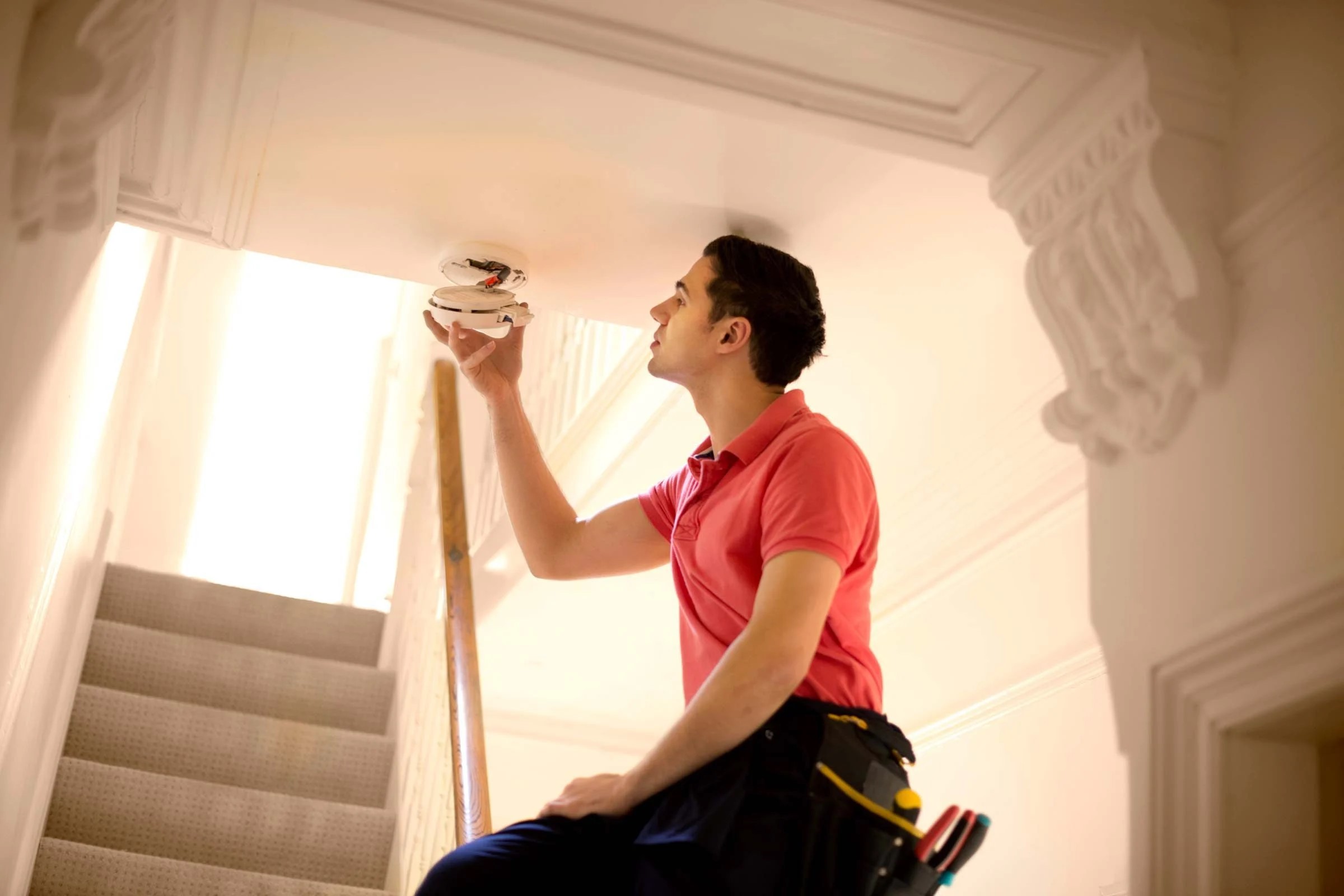
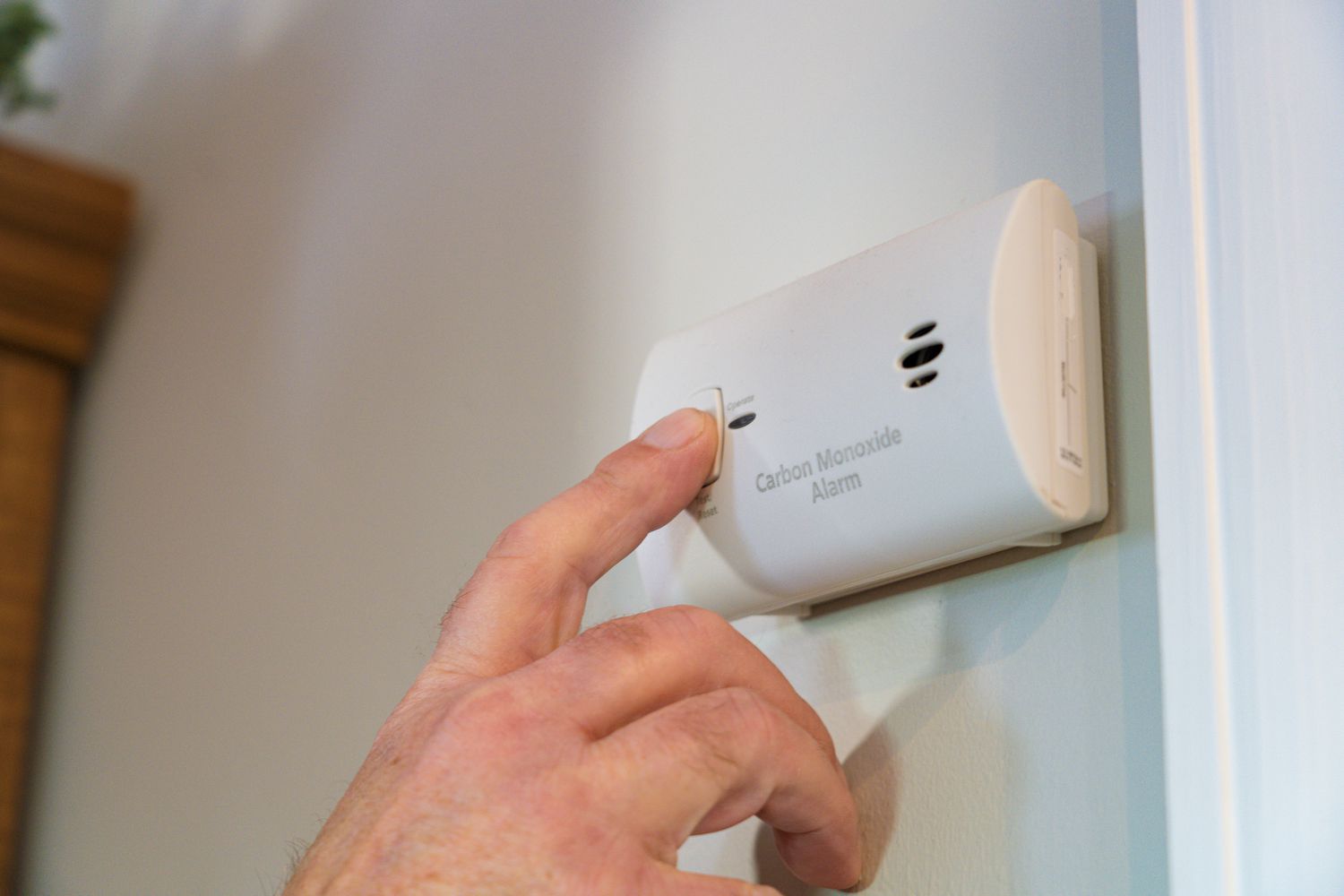
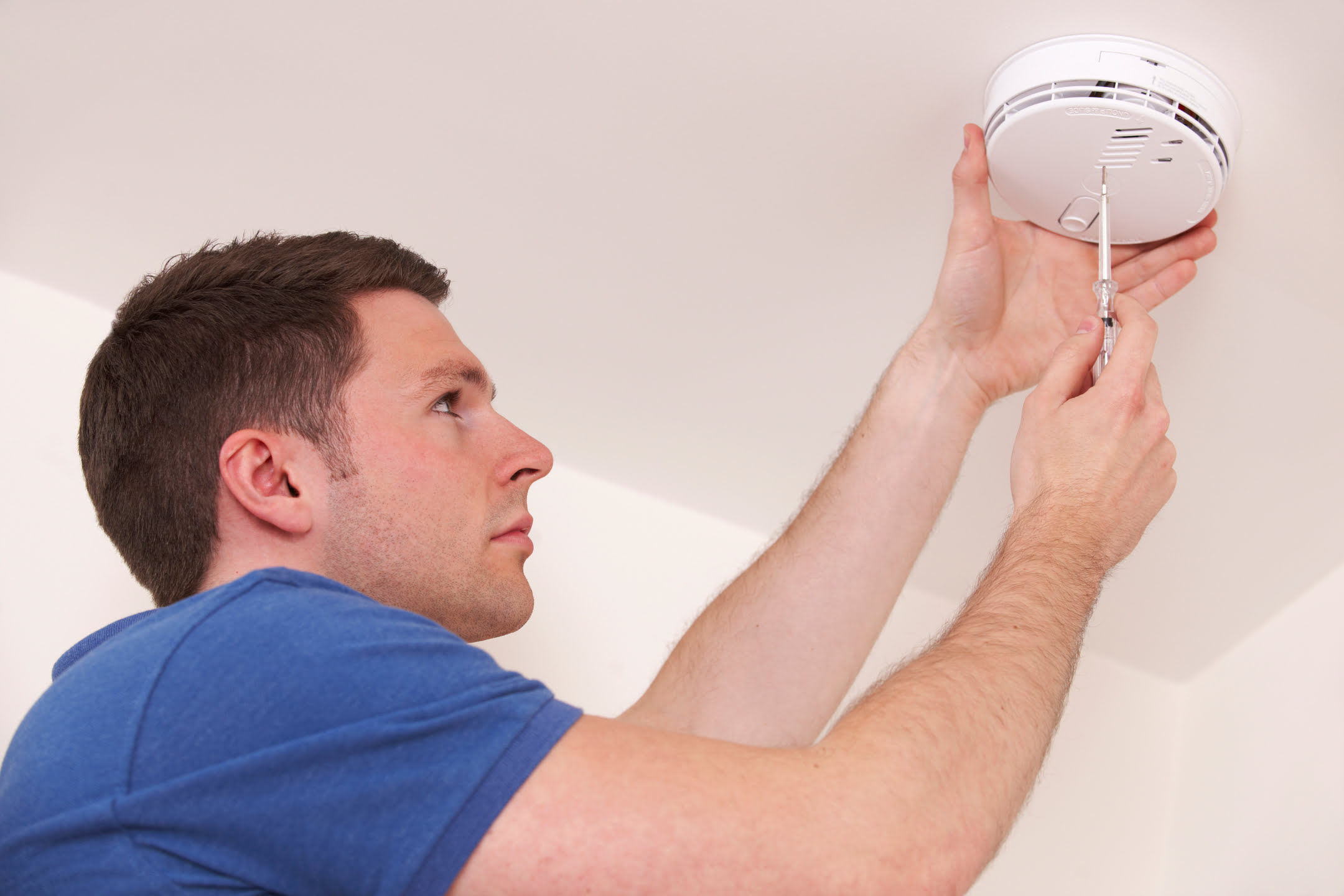
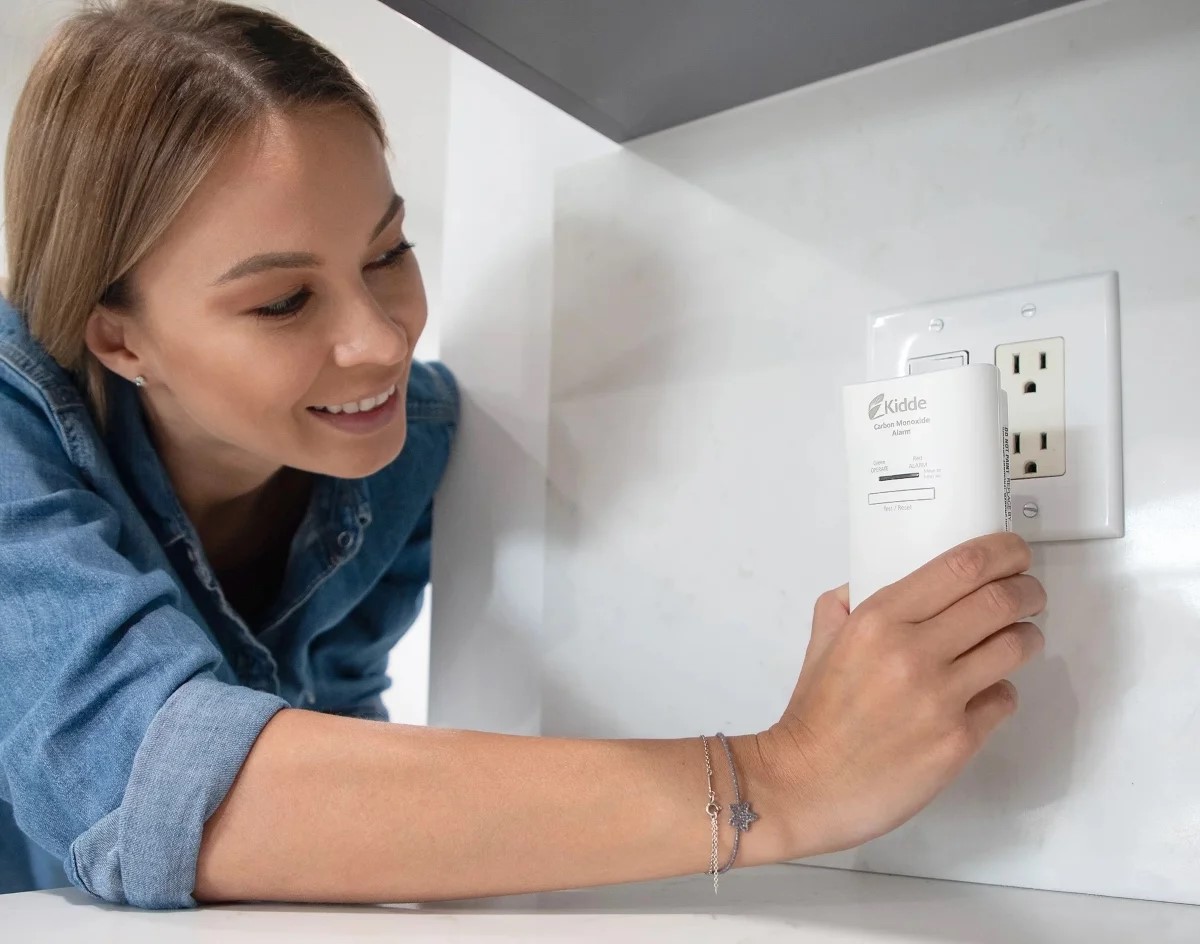
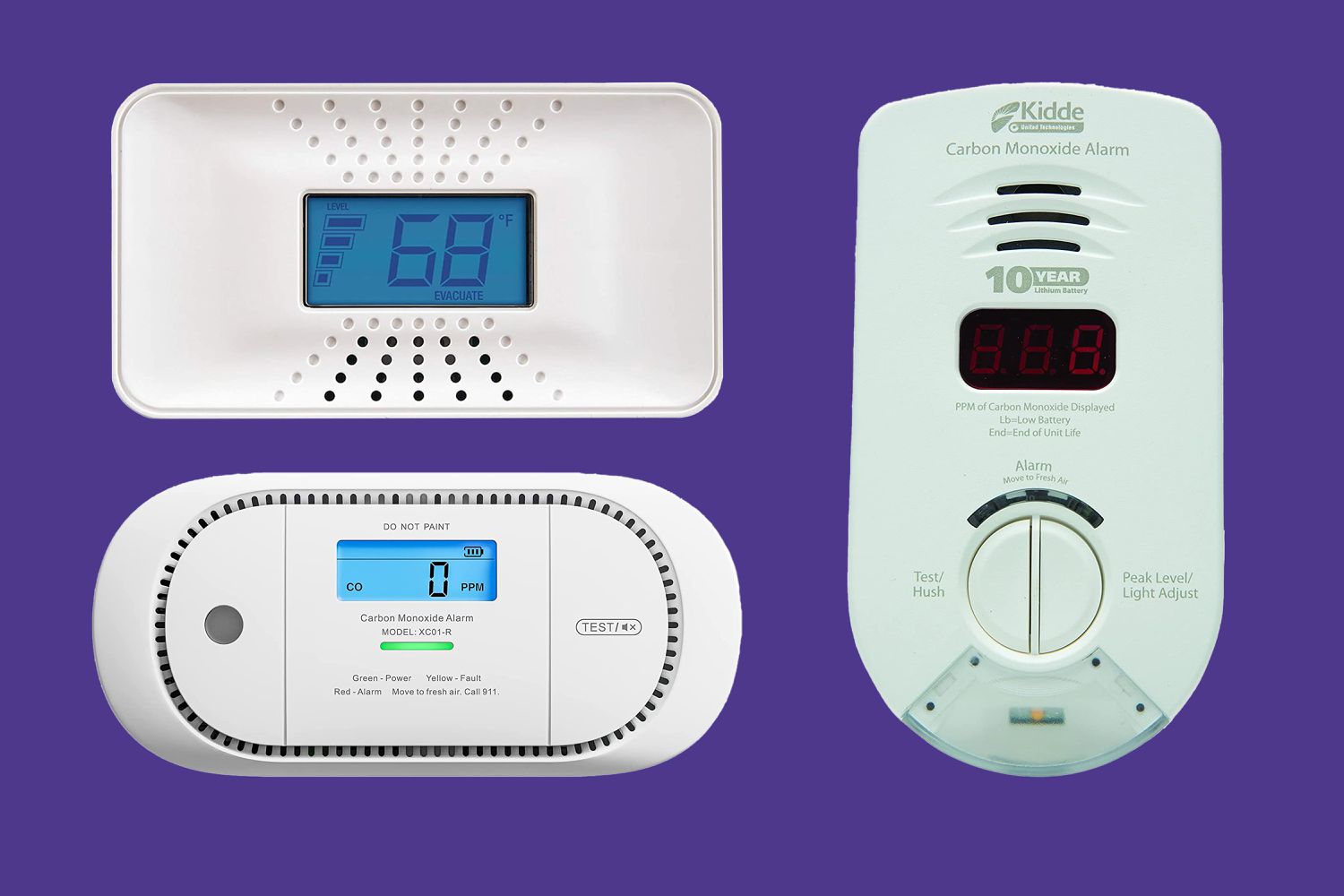
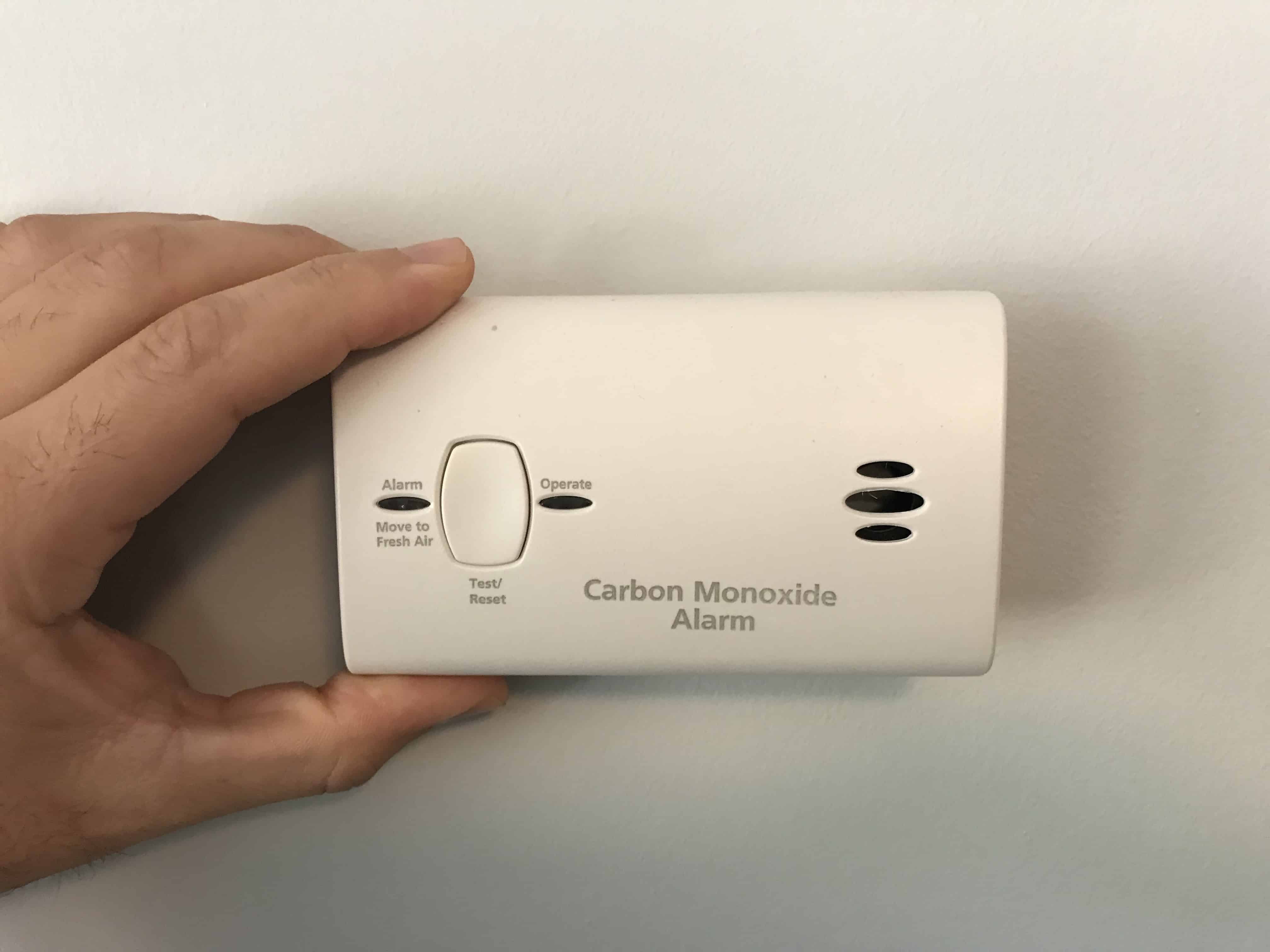
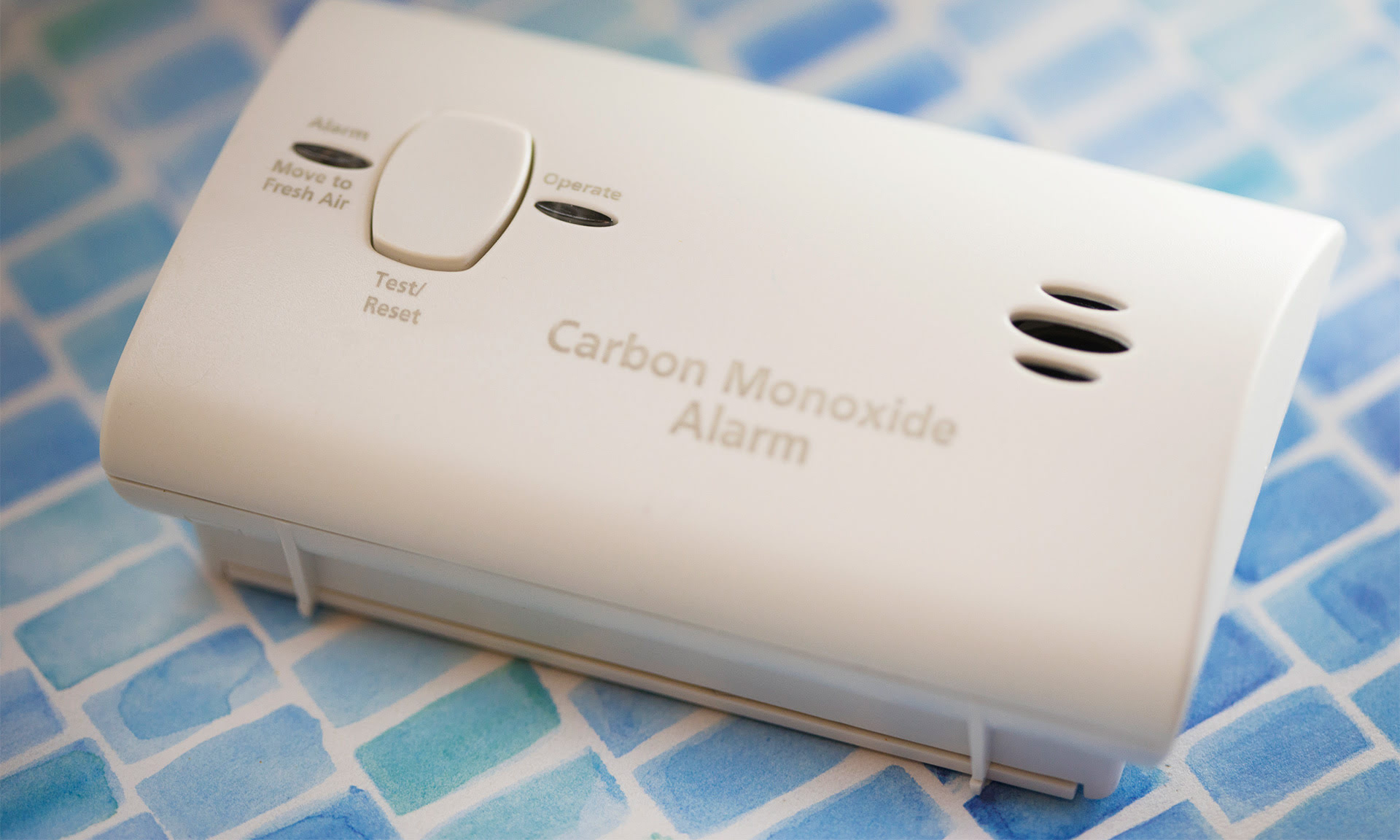
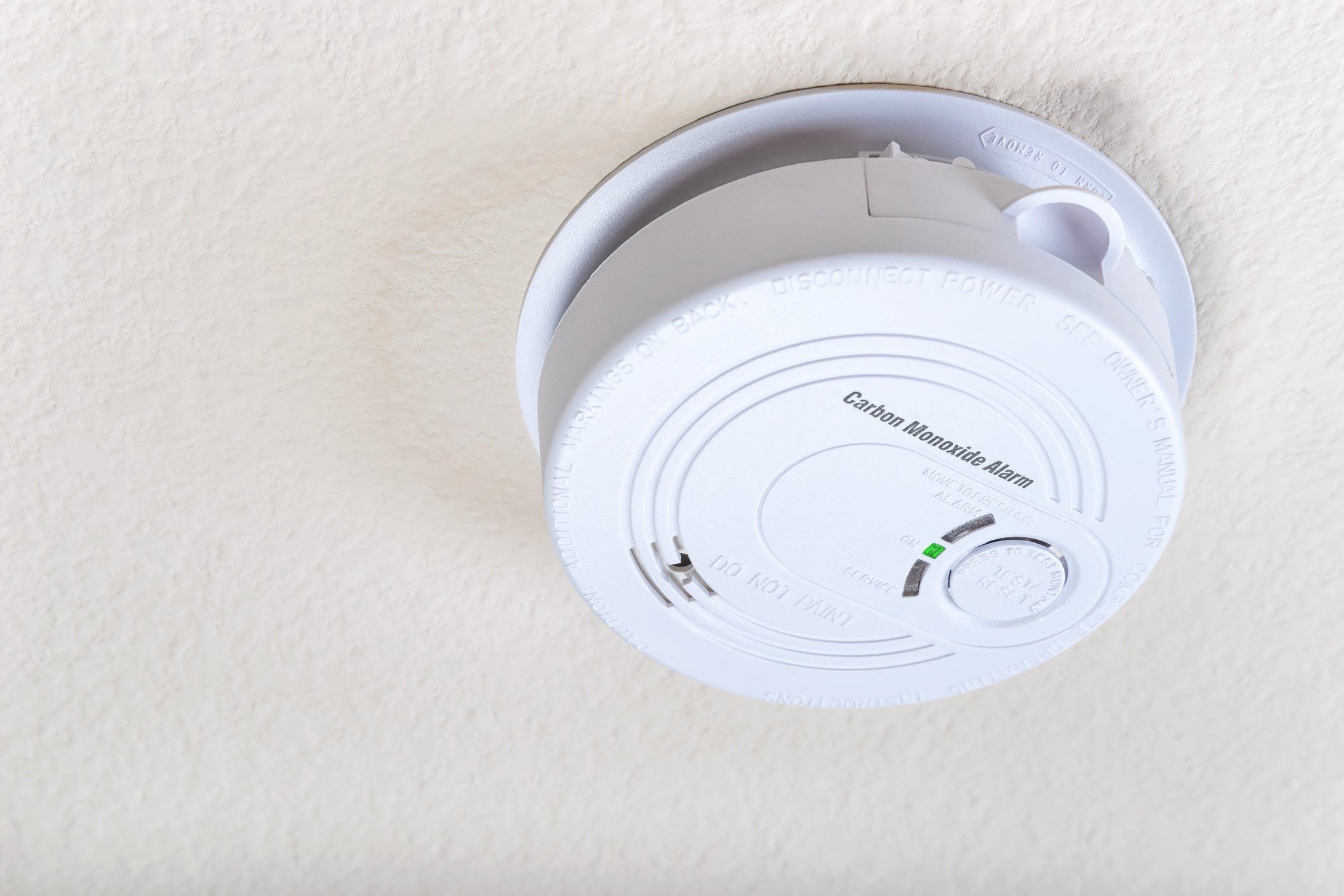
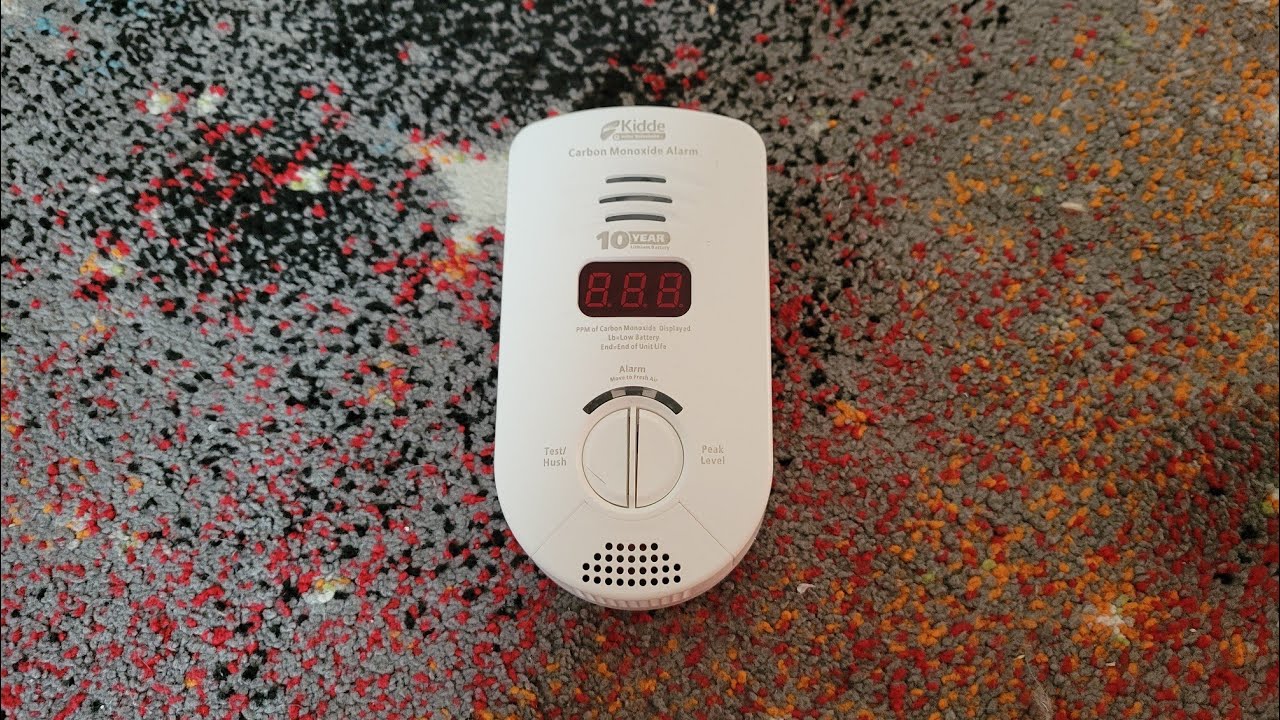
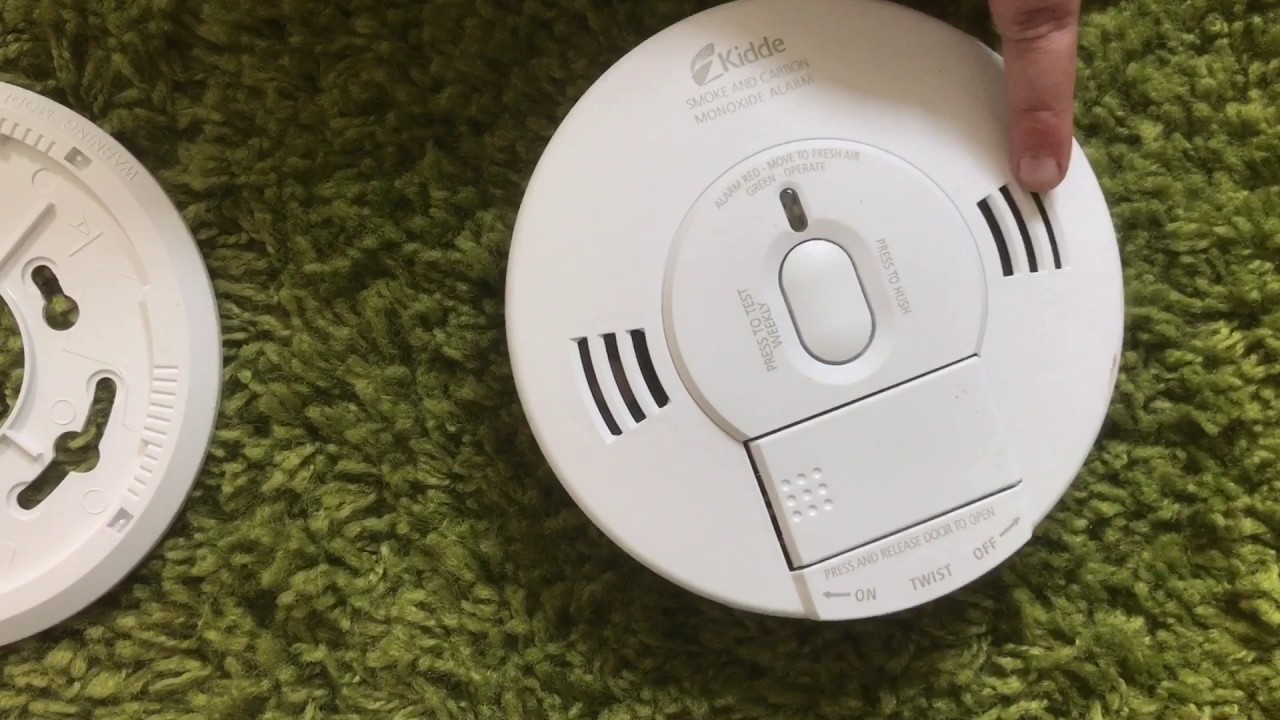
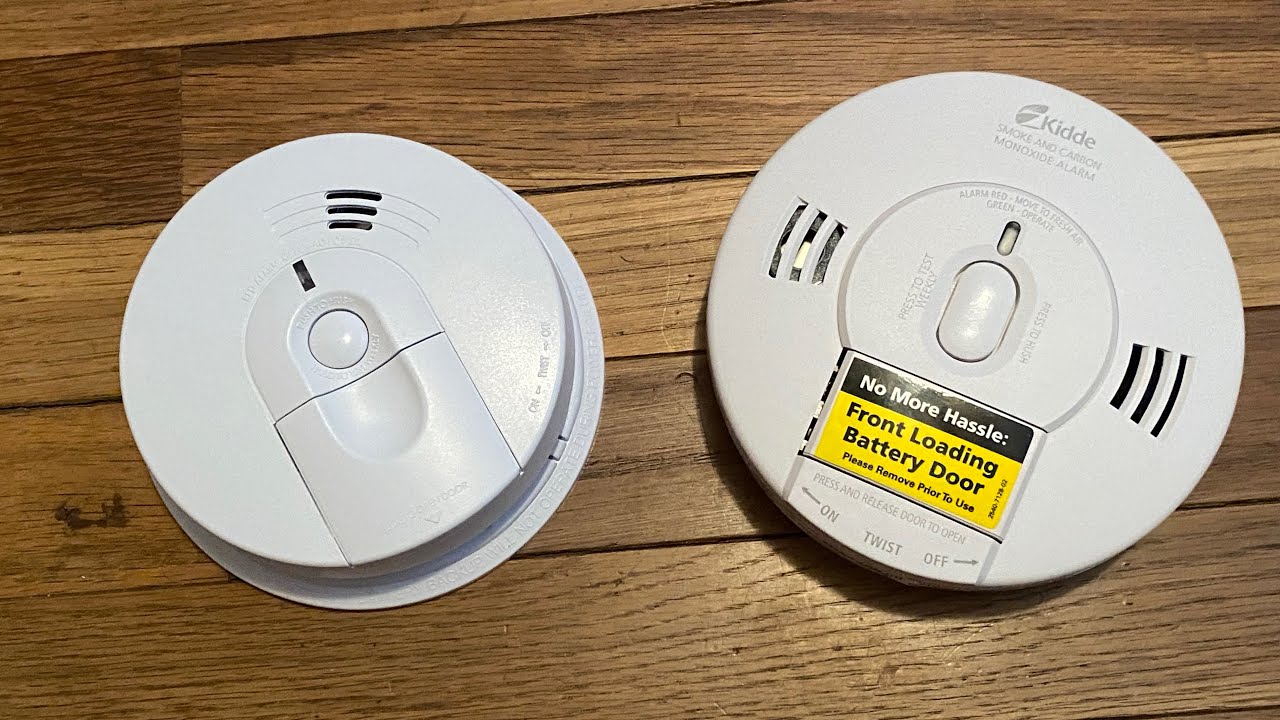
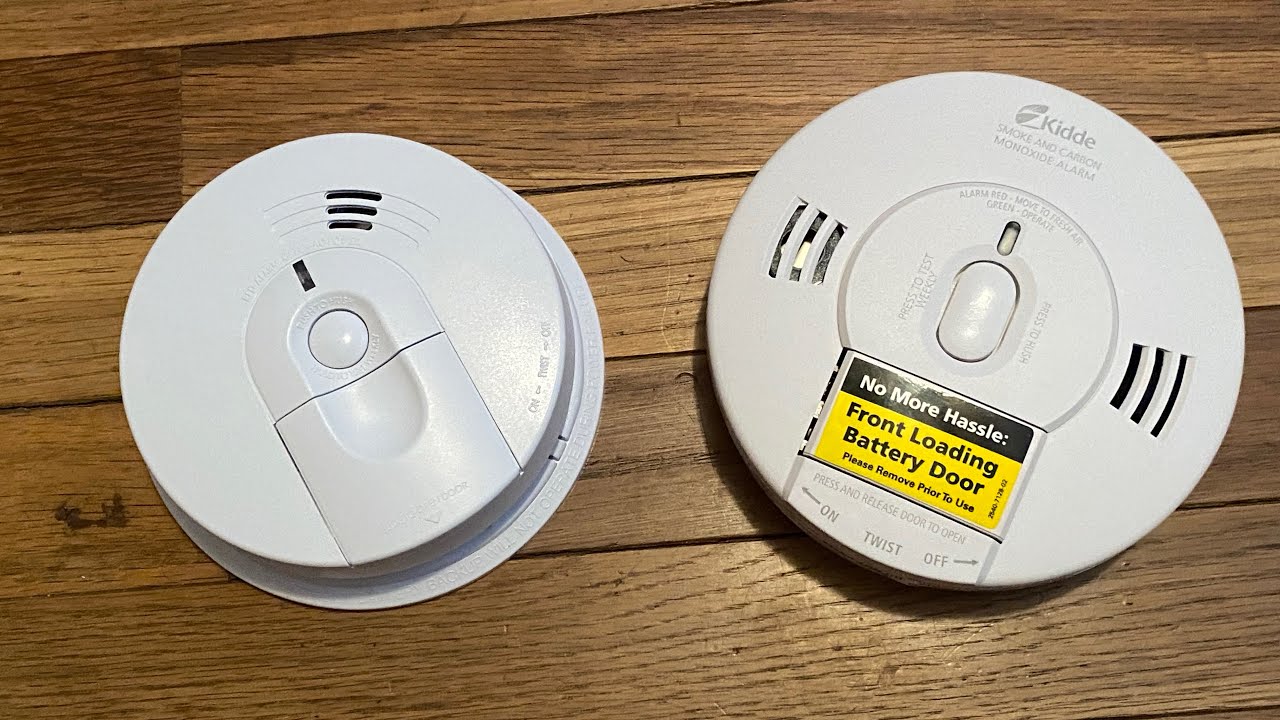
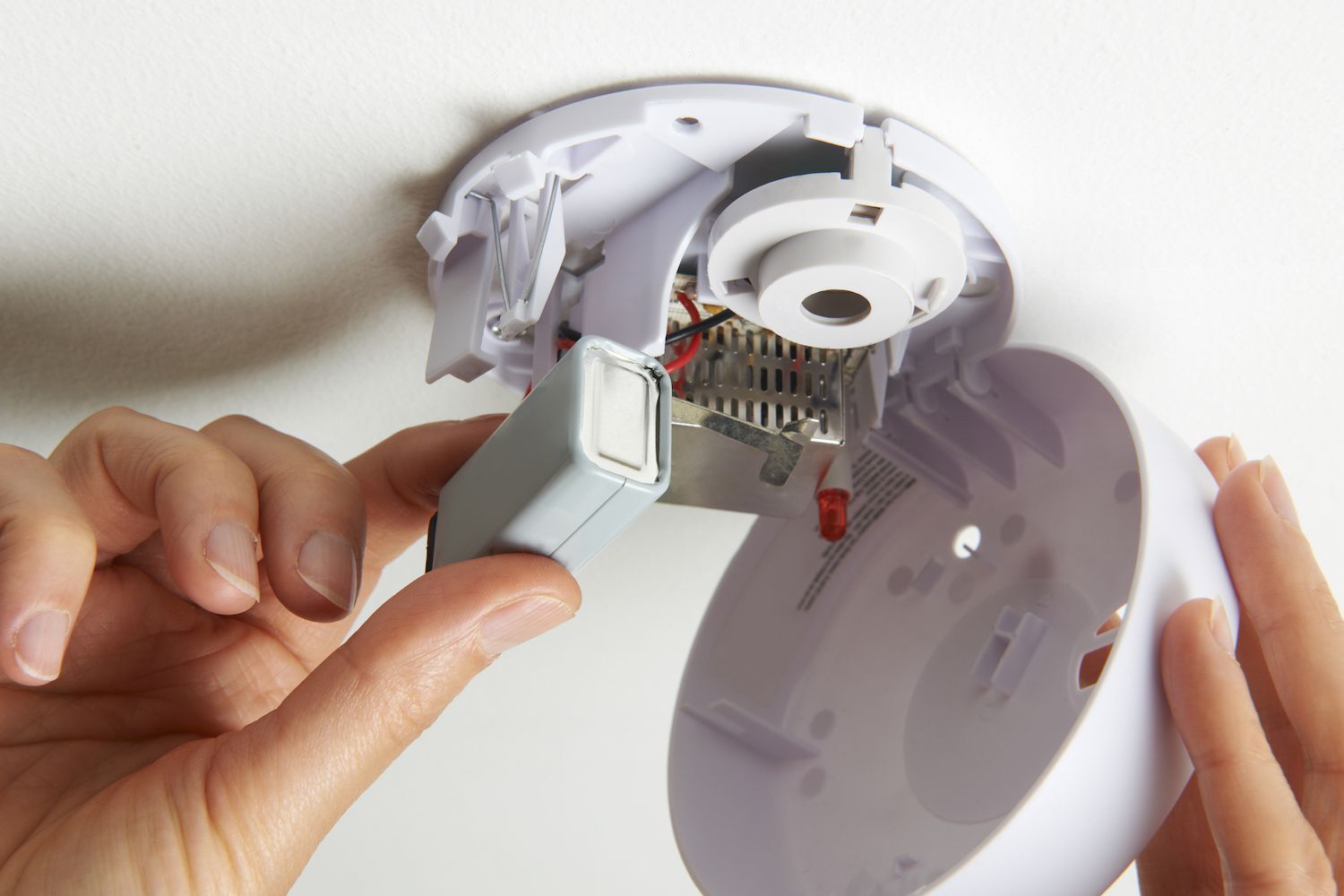
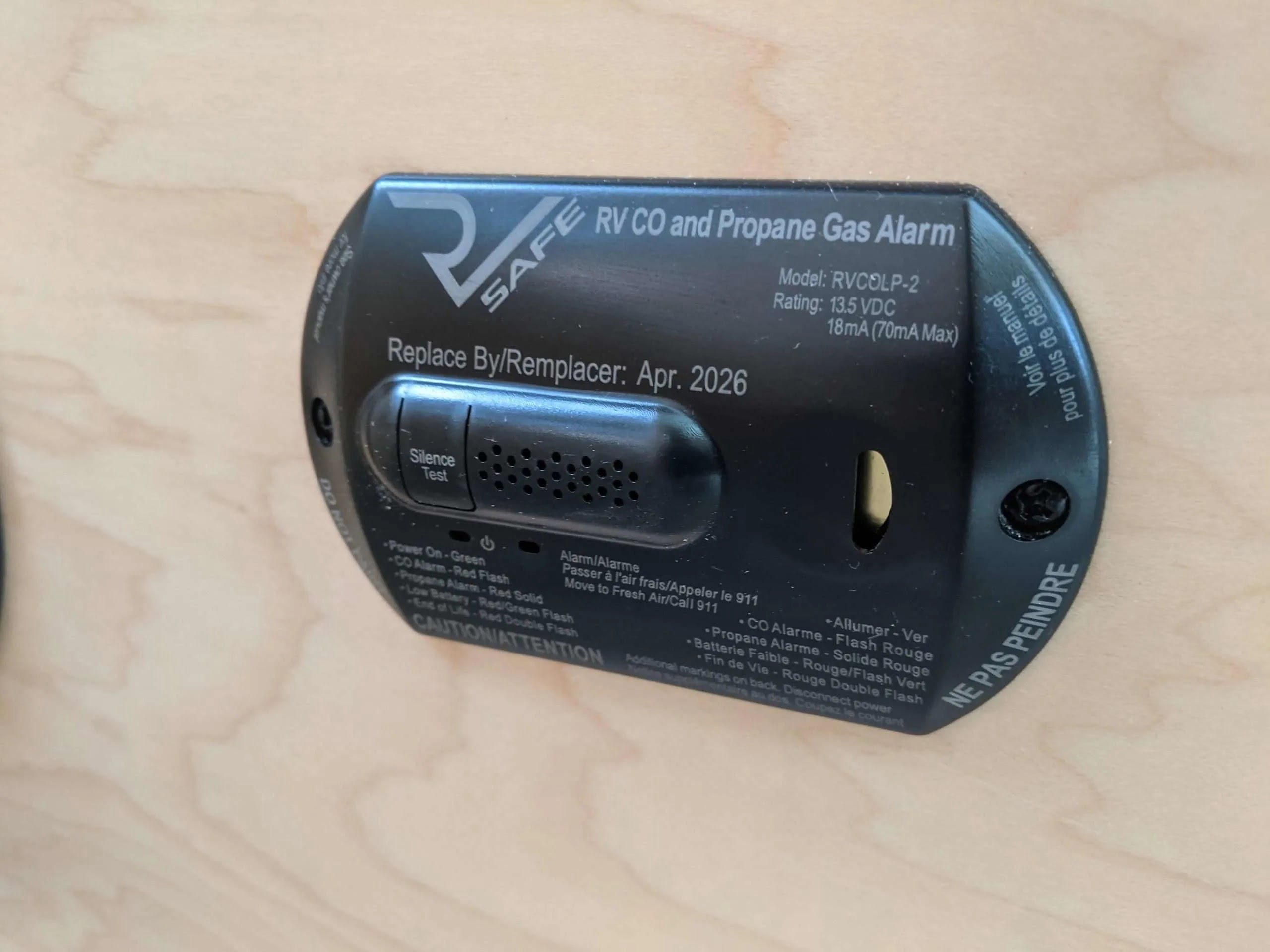

0 thoughts on “How Often To Check A Carbon Monoxide Detector”